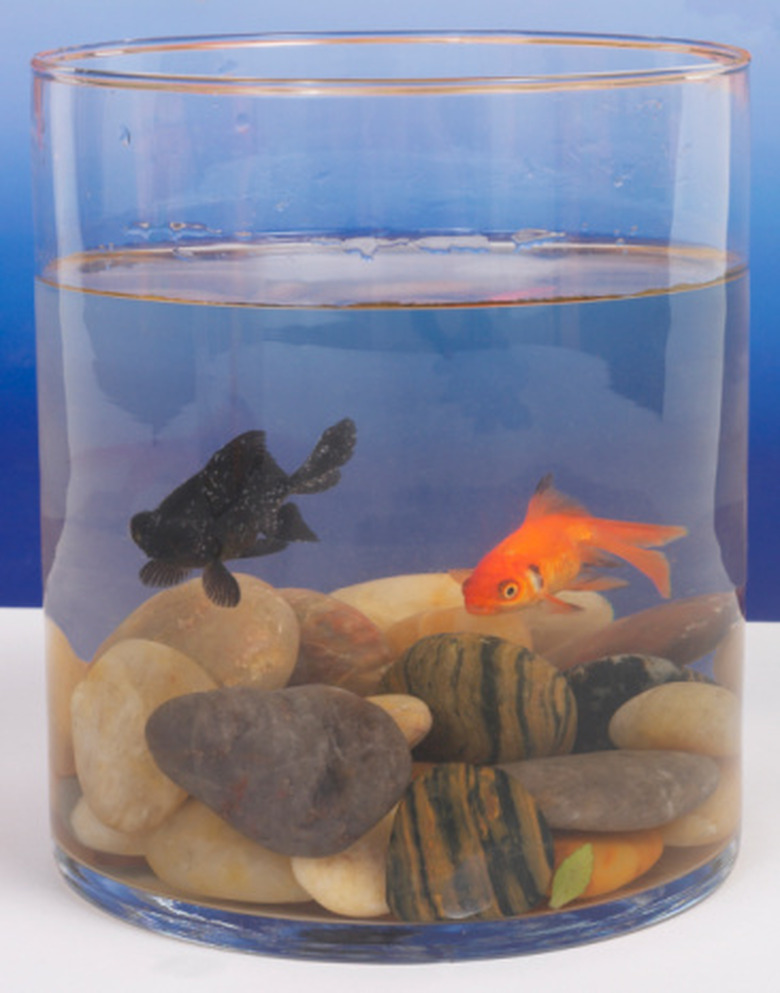What Variables Affect pH Levels?
Maintaining the correct pH level in a pool, aquarium, soil or even the human body requires frequent testing and correction. PH is the measure of the balance of acids and alkalis in the fluid or soil. There are several variables that will affect pH levels. Developing an awareness of these factors will help to control their impact on the balance of the pH level.
Carbon Dioxide
Carbon Dioxide
When dissolved in water, carbon dioxide forms a weak acid that can throw off the balance of the pH. Carbon dioxide comes from numerous sources, including the respiration processes or decay of fish, insects, aquatic plants, algae and bacteria.
Acidics and Akalines
Acidics and Akalines
Rocks, soil, coral, and forms of organic debris will affect the pH level as the fluid washes over them and releases various minerals into the environment. These minerals, such as calcium and sulfide minerals, transform into organic acids and akalines that can cause the pH level to change.
Sodium and Calcium Hypochlorite
Sodium and Calcium Hypochlorite
Both sodium and calcium hypochlorite will have a minor affect on pH levels. Calcium hypochlorite is often used in treating potable water and as a means of disinfectant in water treatment plants. Both compounds are easily introduced into the body and can change the pH levels that can be measured by testing urine and saliva.
Chlorine
Chlorine
Chlorine that becomes gaseous will radically reduce pH levels. For this reason, pools and other chlorinated water sources require constant monitoring as the added chlorine to treat the water may release itself in a gaseous form (if added incorrectly) and change the balance.
Air-borne Contaminants
Air-borne Contaminants
Dust and other small air borne contaminants can change the pH level much for the same reason as rocks and soil. Fine particles may contain chemical or organic compounds that when dissolved in water can transform into mild acids or compounds with alkaline properties.
Air Pollution
Air Pollution
Air pollution from manufacturing, transportation and other sources often contains nitrogen oxides and sulfur dioxides. Both of these compounds will transform into acids when introduced to water and other types of fluid, significantly affecting pH levels.
Cite This Article
MLA
Tribe, Cassandra. "What Variables Affect pH Levels?" sciencing.com, https://www.sciencing.com/variables-affect-ph-levels-8551579/. 24 April 2017.
APA
Tribe, Cassandra. (2017, April 24). What Variables Affect pH Levels?. sciencing.com. Retrieved from https://www.sciencing.com/variables-affect-ph-levels-8551579/
Chicago
Tribe, Cassandra. What Variables Affect pH Levels? last modified March 24, 2022. https://www.sciencing.com/variables-affect-ph-levels-8551579/
